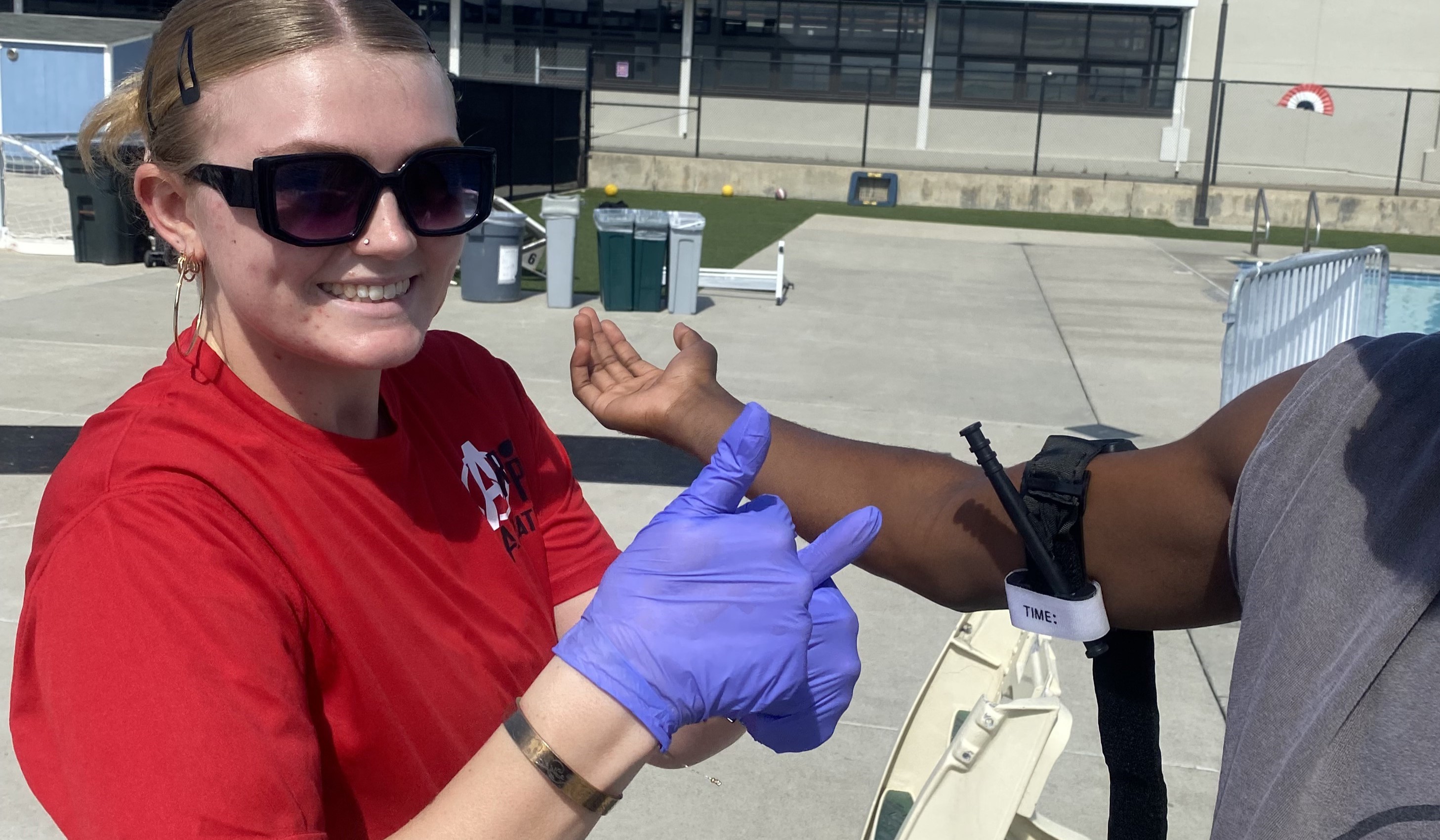A new model code being developed by the Association of Pool & Spa Professionals and the International Code Council has passed the first of two sets of hearings.
ICC produces the International Residential Code and the International Building Code, which many states and municipalities incorporate.
The new vehicle is called The International Swimming Pool and Spa Code, and if it continues on its current track, states and municipalities would potentially incorporate APSP standards into their laws.
Currently, many state and local building codes are based on Appendix G of the IRC, which addresses pool safety, and then the applicable section of the IBC. This language mostly addresses safety issues. The new pool and spa code is more comprehensive, not only outlining barriers and entrapment prevention, but also addressing topics such as plumbing and construction practices.
“It’s going to include a lot more definitive information for each of those pool and spa vessels, which you don’t currently have in the code,” said Carvin DiGiovanni, senior director of technical standards at APSP.
Once the pool and spa code is finalized, ICC is charged with alerting building departments and code officials to let them know about its availability.
Earlier this year, the writing committee released an initial draft of the code and accepted public comments. The drafted language mostly reflected the applicable APSP codes, DiGiovanni said.
At a meeting in May, interested individuals and organizations were allowed to propose changes to the language. Those that were approved by the committee on the spot were passed. Those that did not obtain enough votes can be reconsidered at the next hearings if the authors decide to appeal. Changes proposed in May only needed a simple majority of the committee to gain acceptance, but anyone appealing those proposals must convince two-thirds of the entire voting body. The next hearings are scheduled to take place this November in Phoenix.
The proceedings in May were notably void of the controversy surrounding ICC hearings in the past, according to some in attendance.
“We did not have the big entrapment debates of the past. It just wasn’t there,” said Jennifer Hatfield, APSP’s director of government affairs. “We had more work on barriers this time around than we did on entrapment.”
However, some disagreement did arise over the handling of wading pools. The original draft stated that wading pools are not to have suction outlets in them at all. Some said these vessels should be allowed to have the same devices and systems as other pools and spas. At the May meeting, the committee decided that the new code is to reflect ANSI/APSP-7 American National Standard for Suction Entrapment Avoidance in Swimming Pools, Wading Pools, Spas, Hot Tubs, and Catch Basins.
For the time being, wading pools can use the same entrapment protection as other pools and spas. But ANSI/APSP-7 is expected to be changed to prohibit suctions from being installed in new wading pools, which would change the model code as well, DiGiovanni said.
In addition, outspoken advocate Paul Pennington, founder and chairman of the Pool Safety Council, said the code doesn’t properly address the construction of dual-drain systems.
“There is no guidance for construction of dual drains specific to the avoidance of dynamic differential hold-down forces,” Pennington said. “It’s supposed to be a model building code, and yet they do not tell the contractors, engineers, designers and building officials how to properly build a set of dual drains.”
Despite this, PSC, a vocal opponent of APSP in the past, has chosen to abstain from participating in these proceedings.
The code will be finalized at the November meetings and is expected to be published in March 2012.



